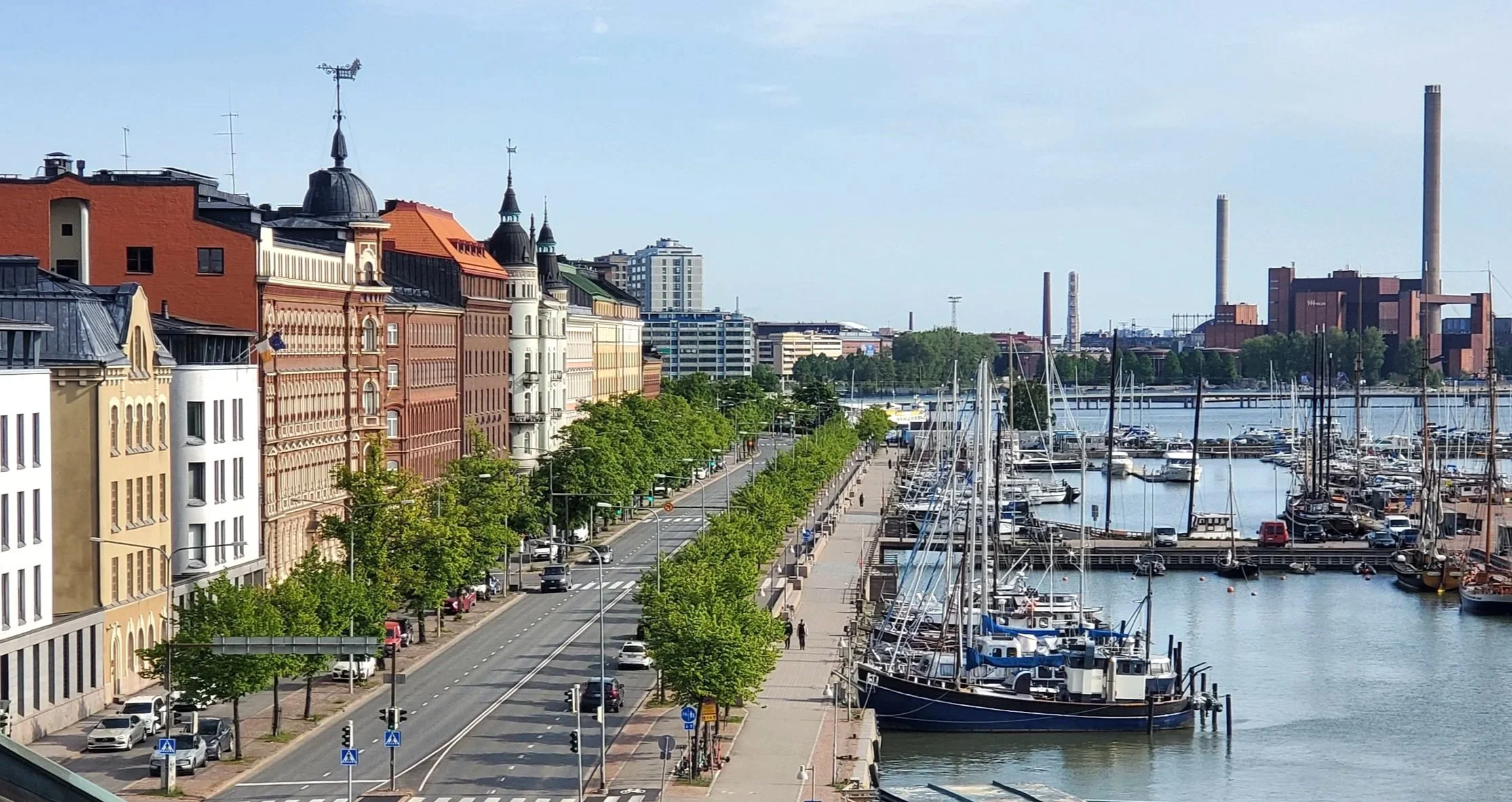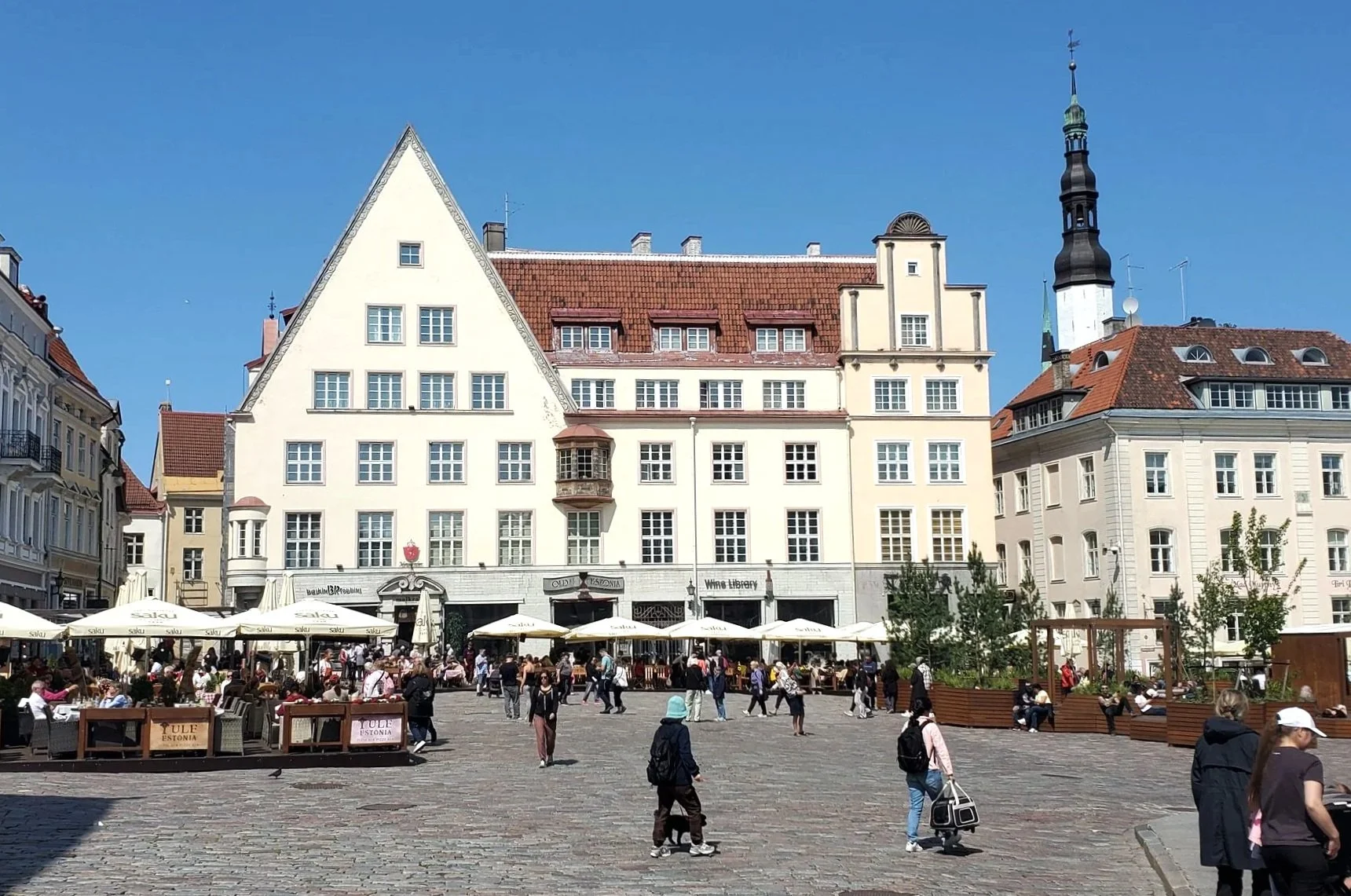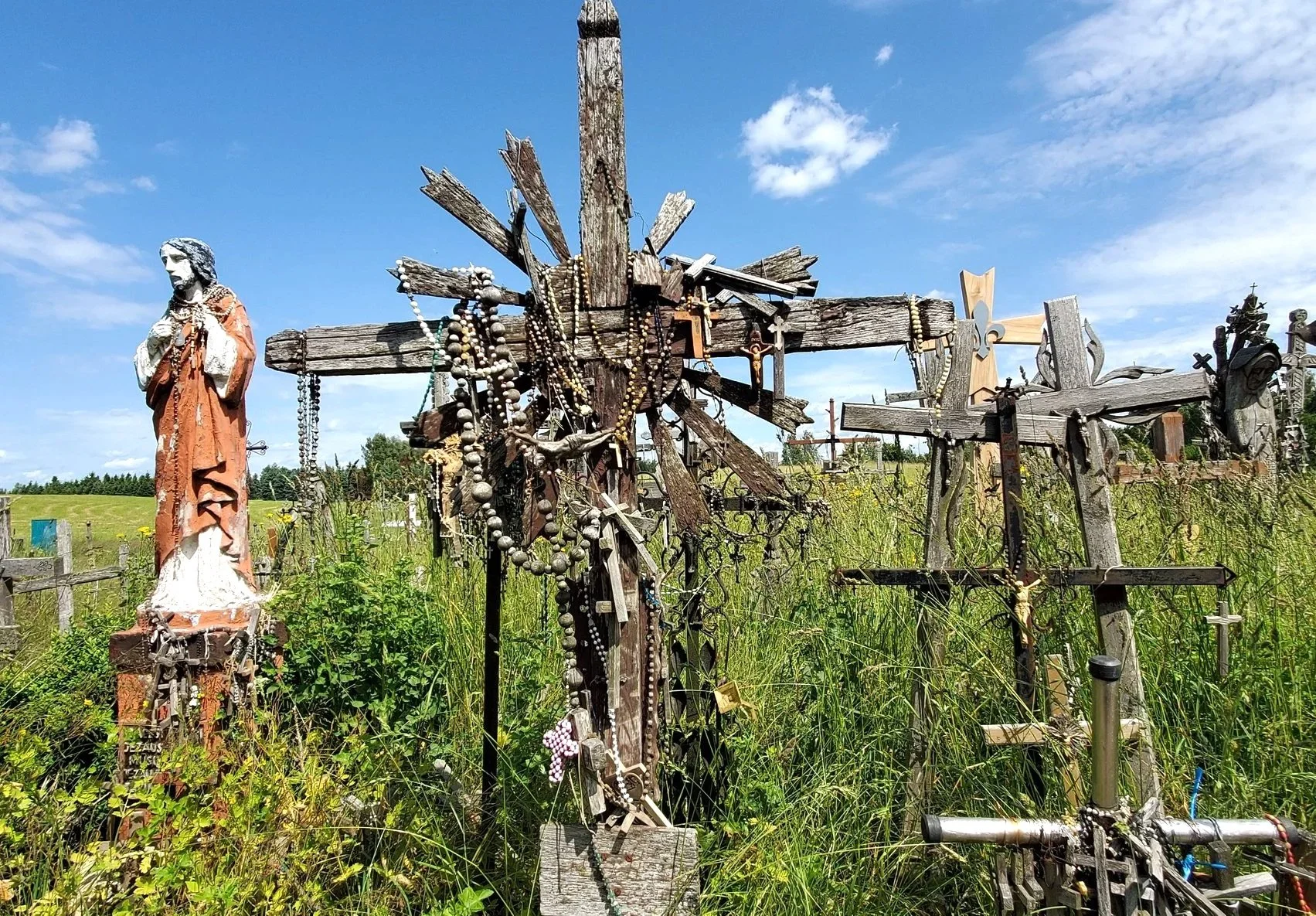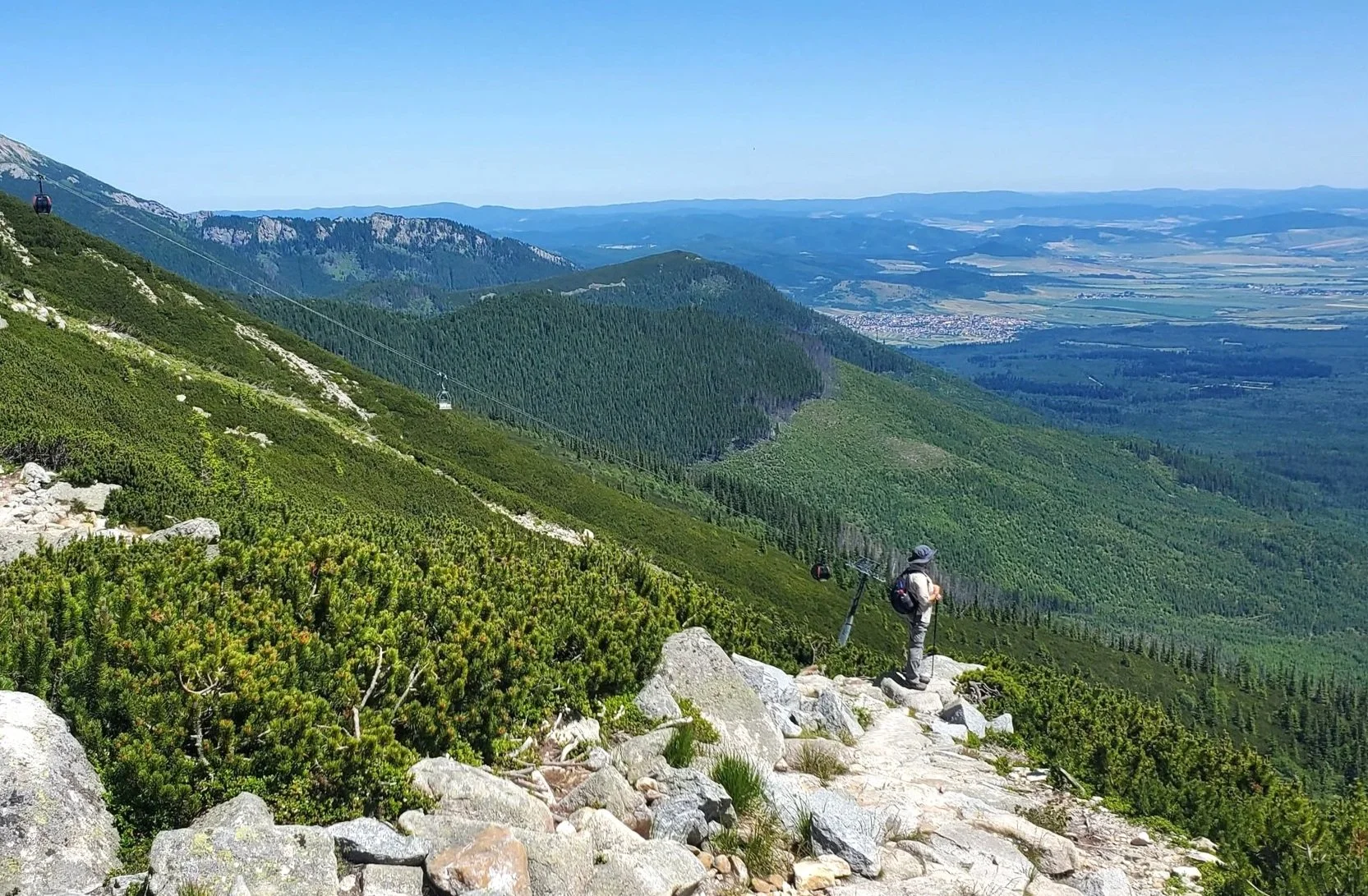A Glimpse of the Canadian Rockies
/Introduction
We had a hire car booked for a week starting and ending in Vancouver, and we’d both always wanted to see the Canadian Rockies, so it was a no-brainer as to where we were going to head when we arrived on Canada’s west coast. The only problem being that it was the first week of April, and the ski season was in full flight so snow and ice were potentially going to be a problem.
But, we decided to give it a crack and see if we could reach some of the major attractions such as Banff, Lake Louise and Jasper.
Note: If you want to see the route we took see the map at the bottom of the post.
Day 1: Vancouver to Hope
hope
After picking up our SUV hire car in Vancouver we headed east. It was a wet, grey day so we took it slowly and only drove the 160km to the town of Hope.
the fraser river at hope
Hope is a pleasant, small British Columbian town on the Fraser River.
A big thank you to Danielle and Mark of the Colonial 900 Motel in Hope who looked after us very well and made us feel welcome. Definitely recommended.
Day 2: Hope to Revelstoke
driving through the fraser canyon
We headed up the Trans-Canada Highway (Hwy 1) north of Hope through the Fraser Canyon. The drive was very scenic, but there were not a lot of spots to pull over to get good photos. The main tourist attraction in the canyon is Hell’s Gate, a location where the Fraser River is squeezed into a 35m wide gap. Unfortunately, it was closed – still too early in the season to be open.
As we headed higher the snow and ice was increasingly apparent.
kamloops lake at savona
We drove through the town of Kamloops and stopped to admire the view at Kamloops Lake just outside the town of Savona.
Eventually we arrived in the ski town of Revelstoke – a drive of 415km.
Day 3: Revelstoke to Banff
the road to revelstoke
Until 31 March all vehicles are required to use winter tyres and carry chains through the mountains, so we were just beyond this period being early April.
waiting for the avalanche crew to give the all clear
The road to Banff from Revelstoke goes through some high passes. We had to stop for 20 minutes for the avalanche management folks to do their thing.
a snowshed
In a number of spots tunnels and snow sheds help to manage the massive amounts of snow that fall in these higher reaches.
But overall the drive was ok and we arrived early afternoon at Lake Louise, one of our goals.
In early April, the lake is still frozen.
plenty of takers for walking the lake - and ignoring the sign
Dozens of carefree visitors took the opportunity to walk across the lake.
tackling the trail along the lakeside
We chose to follow the trail around the lake to a frozen waterfall.
But then, what the heck, we walked back over the frozen lake too.
lake louise
Back in the car we drove the final kilometres to Banff.
Day 4: A Day in Banff
banff
We had two nights in Banff which was a nice break from driving. Banff is a major ski destination, and it’s in a spectacular setting.
bow falls trail
Our first stop was the Bow Falls Trail just on the edge of town.
the original hot spring
We then headed out to the Cave and Basin National Historic Site. This was Banff’s first hot spring resort. You can’t bath there anymore but you can visit the original cave and hot spring.
on the marsh loop walk
A good short walk (2.8 km) from the historic site is the Marsh Loop Walk. We were lucky enough to see some elk.
grazing elk
After a good bit of exercise, we headed back to our guesthouse just in time to enjoy a good dump of snow.
Day 5: Banff to Kelowna
the icefields parkway
One of the great attractions of the Canadian Rockies is the Icefields Parkway, which is a 230km road from Lake Louise north to Jasper. It is considered one of the most scenic drives in North America. We wanted to see it, but the road conditions were not ideal so we decided to just do a short section for the first 50 kms north from Lake Louise.
bow lake
As brief as our taste of the parkway was it was still spectacular. We went as far as Crowfoot Glacier and Bow Lake.
crowfoot glacier
We then headed back to Lake Louise and out of the Rockies with our destination being the Okanagan Valley. This area is Canada’s premier wine growing region. It is also renowned for fruit production – stone fruit, berries and apples.
It has many impressive lakes.
okanagan lake
We followed route 97 along Okanagan Lake to the largest town in the valley, Kelowna. This was our stop for the night.
Day 6: Kelowna to Vancouver via Osoyoos
kelowna waterfront
We had a quick look around the lake front of Kelowna in the morning before heading south to Osoyoos. This town is famous for being at the centre of Canada’s desert. Yes, Canada has a small area just north of the border with the US that has very little rainfall (i.e. 25cm a year). It is considered to be a desert.
the barren hills around osoyoos
It wasn’t what we know in Australia as the sort of brutal, hot, dry desert, but it did look deserty and pretty dry.
a scenic pullover on the crowsnest highway
We then headed back into the mountains in what is known as the Crowsnest Highway. The highway links back to the town of Hope which we passed through on our way to the Rockies. It then becomes an expressway all the way to Vancouver, albeit the traffic was slow at times.
Day 7: Capilano Suspension Bridge Park - Vancouver
capilano canyon
The main reason that we headed back to Vancouver with a full day to spare before we flew to Montreal was in order to visit the Capilano Suspension Bridge Park. This park, in North Vancouver, has a number of features in addition to the suspension bridge.
totems
There are native Canadian totems.
treetop walk
And a terrific treetop walk.
clifftop walk
And, a new cliff top walk on platforms suspended from the cliff face high above the river below.
The park wasn’t cheap at close to $CAD40/$AUS40p.p but when you see what has gone into creating the walkways and other features it’s hard not to admire what they have done and acknowledge that the cost is justifiable.
It was wet, as Vancouver often is, when we went, but still very worthwhile.
Conclusion
The aim of our one week road trip was to get a glimpse of the Canadian Rockies. Being early spring we were a little unsure as to what we would experience in terms of road conditions, but it turned out ok. And while we still had to be mindful of weather and road conditions we were able to get a good look at the Rockies, to walk in them and to see them in all their snow-covered glory.
A wonderful experience.
Ken and Cally


























































































